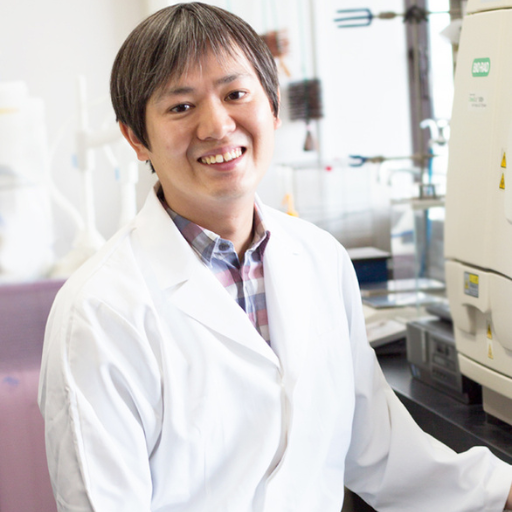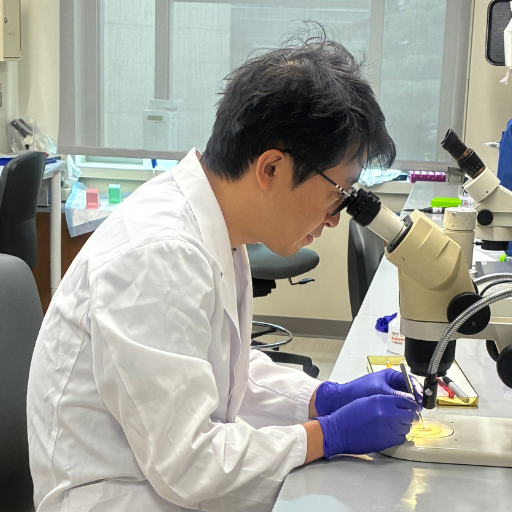Preclinical Analysis of the Iron-Binding Drugs SIH and BSIH for AMD

About the Research Project
Program
Award Type
Standard
Award Amount
$100,000
Active Dates
April 01, 2009 - March 31, 2011
Grant ID
M2009021
Goals
The goal of this proposal is to determine whether the iron binding drugs SIH and BSIH, which are very effective in protecting cultured retinal cells, will be similarly protective in living animals. To this end, we will test the drugs in our Cp/Heph iron overload-induced model of AMD, which is a mouse that possesses a number of eye features in common with human AMD.
Summary
Potential benefit for AMD patients: This line of research represents a novel therapeutic area for AMD. Patients with AMD have elevated retinal iron levels, which may increase oxidative damage. We have found recently that the cell-permeable iron binding drugs SIH and BSIH protect cultured retinal cells against oxidant induced cell death. We now propose to test SIH and BSIH for their ability to decrease retinal iron overload and protect against retinal degeneration in our Cp/Heph double gene knockout mouse model.
Specific Aim 1: To determine whether SIH and BSIH can decrease retinal iron levels when administered systemically or by eye drops in mice.
Specific Aim 2: To determine whether SIH and BSIH will protect the Cp/Heph mice from retinal degeneration.
If SIH and/or BSIH prove non-toxic and effective for prevention of retinal degeneration, this will provide proof-of-principle for the possibility that SIH or similar iron binding drugs could, after further testing, be used to reduce the risk of vision loss in patients with early AMD.
Progress Updates
Patients with age-related macular degeneration (AMD) have elevated retinal iron levels, which may increase oxidative damage. This type of damage is common to aging cells, and may be prevented by “nutritional antioxidants.” Therefore, this line of research represents a novel therapeutic area for AMD.
Dr. Joshua Dunaief and collaborators have found that two iron-binding drugs, called SIH and BSIH, are able to cross the cell membrane and protect cultured retinal cells from oxidant-induced death. These researchers tested SIH and BSIH for their ability to decrease retinal iron overload and protect against retinal degeneration in a genetically modified line of mice which have features of AMD. BSIH reduced the iron buildup in the eyes of these mice. However, both BSIH and SIH did not protect against retinal degeneration. In contrast, a third iron-binding drug markedly protected against retinal degeneration. This provides proof-of-principle that iron-binding drugs could, after further testing, be used to reduce the risk of vision loss in patients with AMD. Dr. Dunaief will now be able to focus his retina-protective therapeutic research on this third iron‐binding drug.
Related Grants
Macular Degeneration Research
How Aging of the Immune System Affects Age-Related Macular Degeneration
Active Dates
July 01, 2025 - June 30, 2028

Principal Investigator
Masayuki Hata, MD, PhD
Current Organization
Kyoto University
Macular Degeneration Research
Microglia’s Roles in AMD to Inform Therapies for Vision Loss Prevention
Active Dates
July 01, 2025 - June 30, 2027

Principal Investigator
Nobuhiko Shiraki, PhD
Current Organization
Duke University School of Medicine
Macular Degeneration Research
The Novel Role of an Intracellular Nuclear Receptor in AMD Pathogenesis
Active Dates
July 01, 2024 - June 30, 2026

Principal Investigator
Neetu Kushwah, PhD
Current Organization
Boston Children’s Hospital



